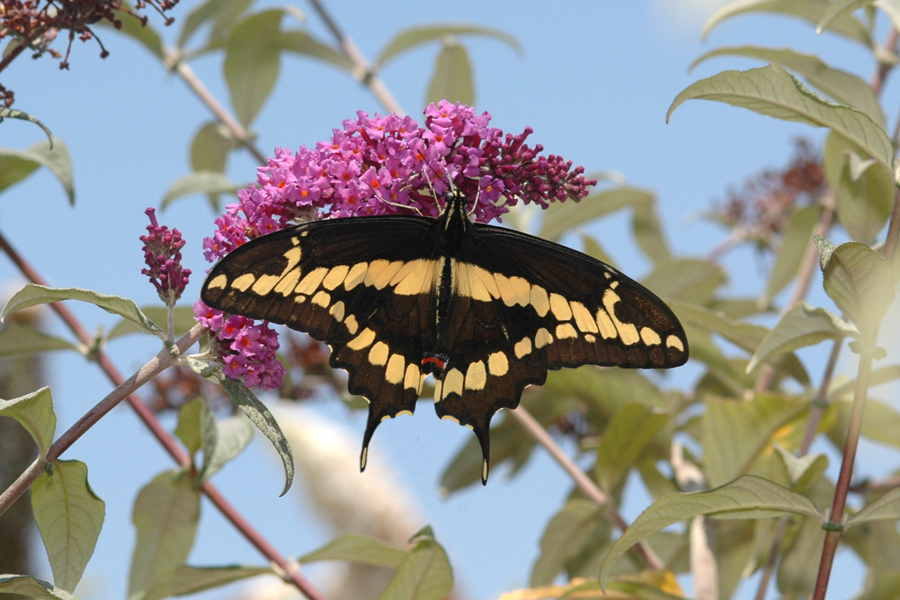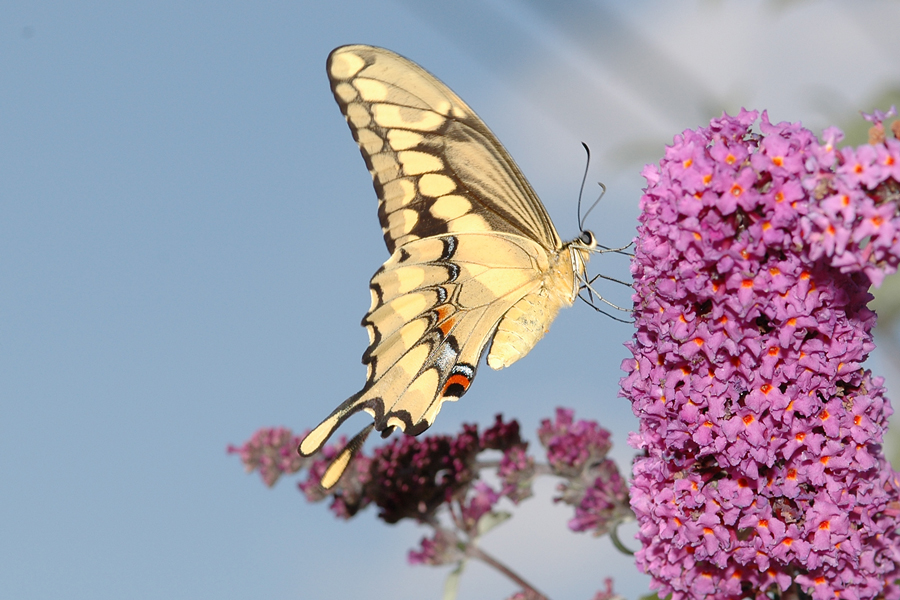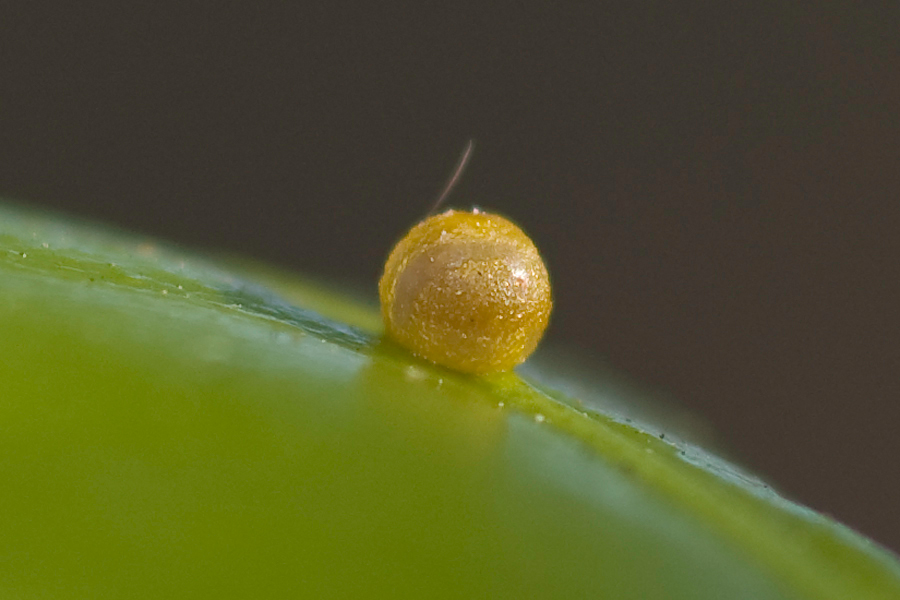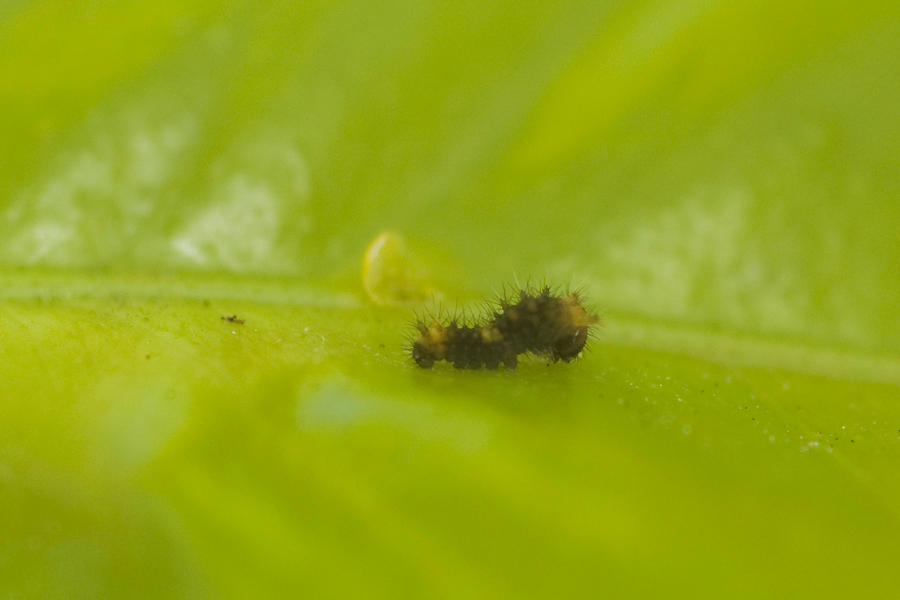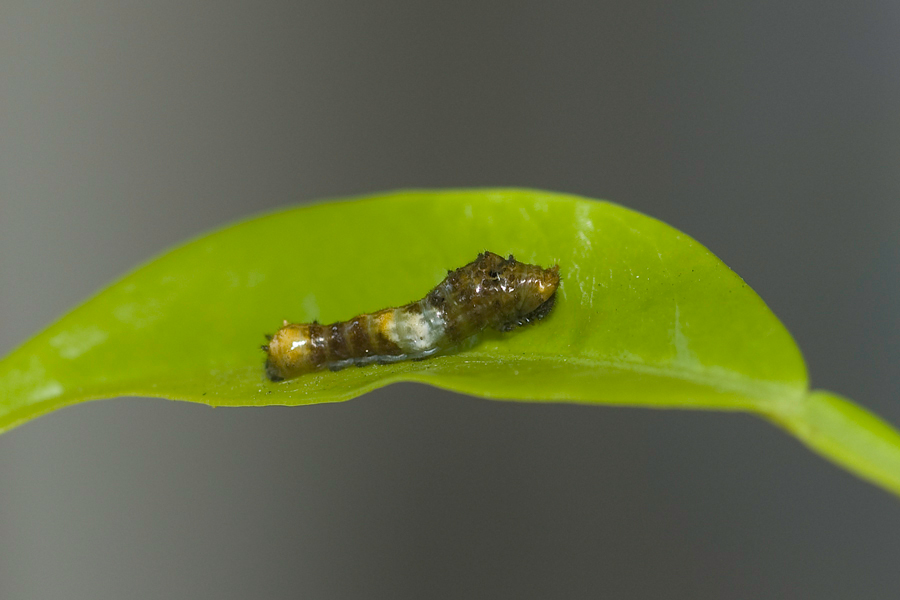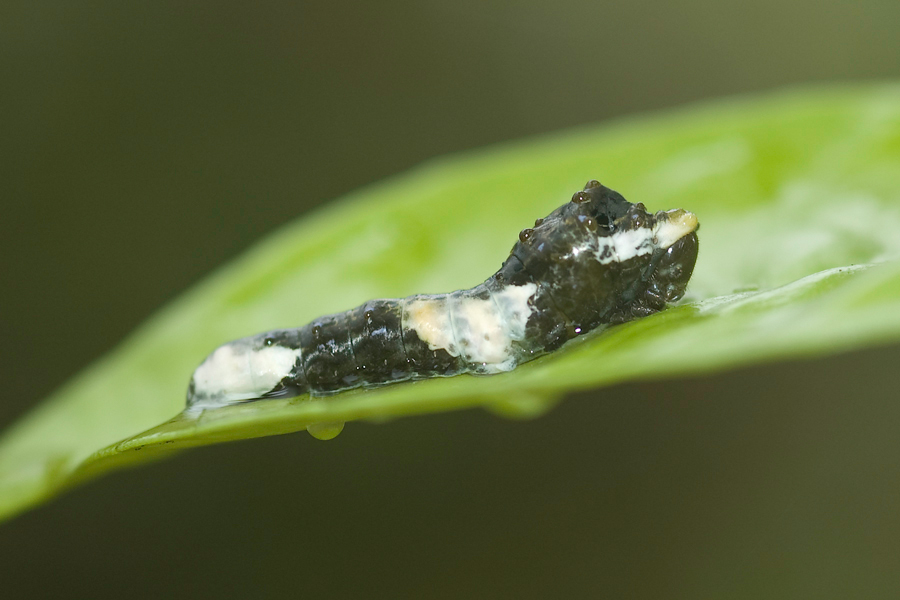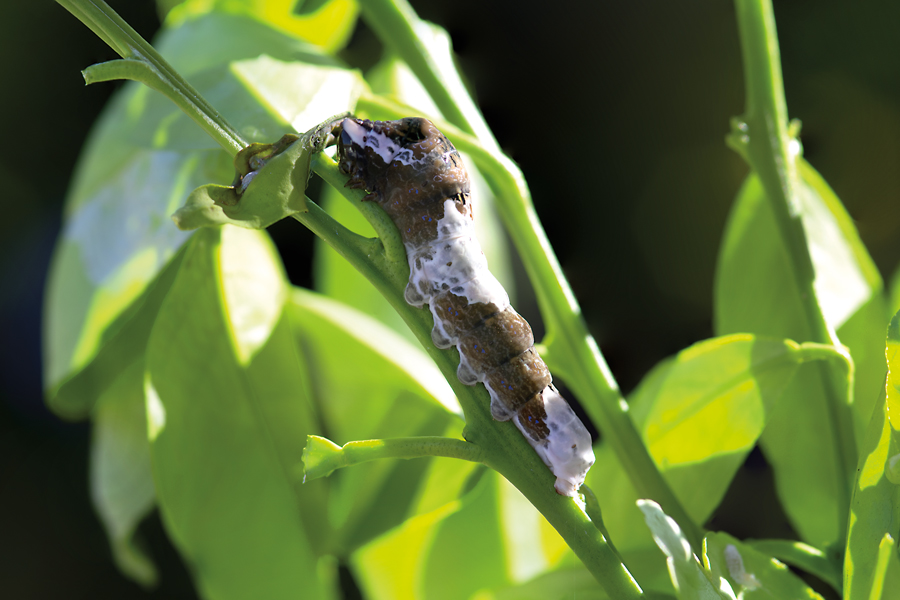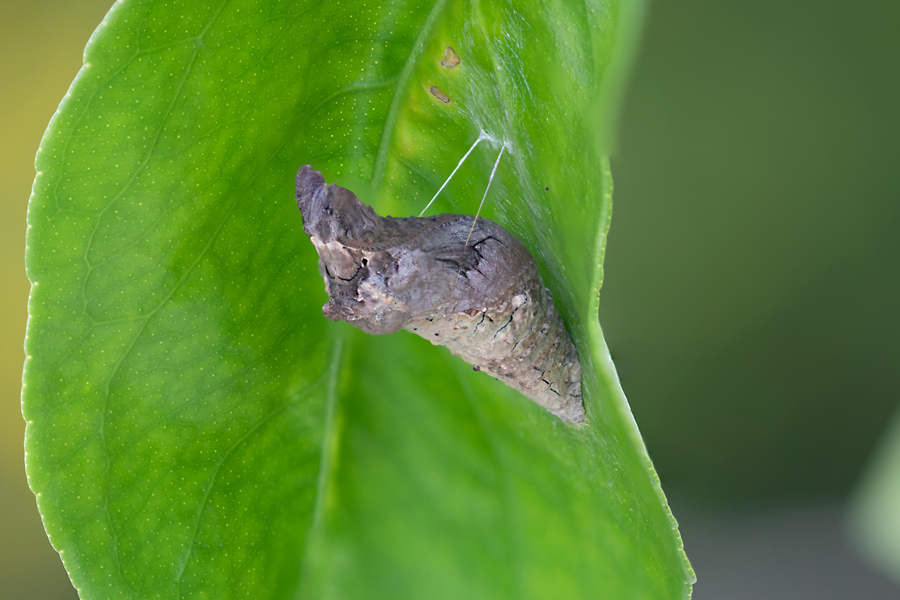Heraclides rumiko
Western Giant Swallowtail
This swallowtail was once believed to be Heraclides cresphontes, part of a single, widespread species in the eastern United States and to the south, and into the southwest U.S., where it was expanding north via citrus plantings. But lepidopterist Kojiro Shiraiwa noticed wing pattern differences between specimens he'd collected in San Diego and others from Indiana. That led to finding genitalic differences as well, and so Nick Grishin conducted DNA tests of many populations that showed a 3% difference - which is substantial - between eastern and western populations. So after a lot of research, in 2014 they published a paper naming the western swallowtails a new species: rumiko, while the eastern entity remained cresphontes. This butterfly ranges from Texas to California and south throughout Mexico and into central America. As a citrus feeder, it can be reared easily on orange or lemon trees. Larvae are uncanny bird-dropping mimics throughout their development, and the pupa looks like a dead leaf.
This swallowtail hasn't been in California for long. It's absent from John Comstock's 1927 book Butterflies of California. Garth and Tilden discussed it in California Butterflies (1986): "first found in California in the Imperial Valley, it has spread since 1963 to the vicinity of Blythe, Riverside County, and to the San Joaquin Valley near Porterville, Tulare County." Since then, the butterfly has become well-established in much of southern California.

A western giant swallowtail that had just emerged from its pupa on a lemon tree, Manhattan Beach, June 15, 2003.
Sipping at a butterfly bush in my backyard garden. These can be difficult to photograph dorsally because when they nectar they tend to beat their wings continually. June 8, 2009.
Heraclides rumiko, formerly Papilio cresphontes, the western giant swallowtail, also taking nectar in my garden in Long Beach. They can be common visitors in the neighborhood thanks to the many citrus trees.
I found a couple of eggs on fresh shoots on my backyard orange tree on November 3, 2012. Haven't had any luck with this species in the past beyond first instars, but maybe this year will be different.
A week after finding the eggs, a tiny larva emerges. Note the remains of the egg in the background. I found two larvae on the tree. November 10, 2012.
A couple of weeks later, one of the caterpillars is gone, but the other is doing well. This is either a second or third instar. November 26, 2012. Obviously the resemblance to bird poop is a way of fooling predators.
I found another larva in the same tree, and this one was bigger. They soon disappeared, and I didn't see anymore for years on my citrus trees. December 3, 2012.
Fast forward to late September, 2020. I found a couple of eggs and am trying again. Here's a just-molted third instar larva I'm raising with a few others from my backyard orange tree. September 23, 2020.
This is now in the fifth instar. September 29, 2020. It pupated a few days later. I have four total, each in different stages.
And finally, a chrysalis. October 7, 2020. The adult butterfly emerged on October 22nd.
©Dennis Walker

